By Tommy Clarkson from the April 2011 Edition
Phoenix roebelenii
Family: Araceae
(Also known as: Miniature Date Palm)
The interest generated by an earlier column on the desert native, Medjool Date Palm, leads to this discussion of its tiny, tropical forest, “feather palm” cousin a highly popular accent plant which originated in Southeast Asia and Southwestern China.
The little Pygmy (is that redundant) Date Palm is one of the most widely used landscape palms in North America. As a result of its small stature, slow growth, easy care and graceful, attractive crown, it is great for patios or entryways. “Functionally cute” may be a good way to describe this popular accent palm.
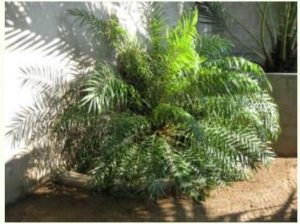
They are slow growers reaching an ultimate height from two to three meters with a width that sometimes exceeds its height though, while not seeing it myself, I’ve heard of a 35 year old plant that was 17 foot tall. They thrive both as an indoor container plant (but remember, like its larger relatives it has very sharp, needle-like spikes) or as a complement to other outside tropical greenery. Keep in mind that they need protection from the wind.
Adaptable to most, well draining soils, it likes bright sun to partial shade and while salt/drought tolerant when mature, it requires adequate moisture water three times a week – to grow to its potential. It also appreciates (read “needs”) of magnesium sulfate, manganese and potassium fertilization every three months are so and some extra nitrogen is a good thing. A healthy plant will develop “sucklings” from the root base of the plant.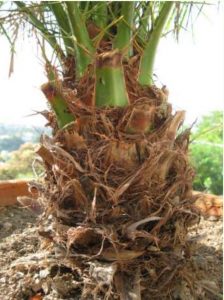
The Pygmy Palm’s delicate, dark grey-green, pinnate, crown of 50-100 leaflets are arranged along gently arched leaves. It has a slender, straight or multi-curved trunk with old leaf scars. Though a single stemmed plant it can be grouped generally 3-5 creating a particularly attractive arrangement wherein the plants all gracefully grow away from the center of the clump.
Yes, it does have dates (but only with Papa Date’s approval and always home by 10:00 PM). This fruit, borne (or is that born) on the female plants, they are small and, initially, jet black that turn a deep red when ripe and, throughout the year, come from small flower clusters, white/cream/grey in color that are hidden deep in the foliage.
This pretty palm can be propagated by seed that takes three to four months to germinate but as they are reasonably inexpensive to buy already started, why not go that way?
Overall, a rather hardy plant tolerating brief dips of temperature to as low as 20 degrees Fahrenheit – one should still be on the watch for scale pests, mealy bugs, red spider mites, leaf spot and bud rot. If potted, don’t allow its roots to stand in water.
At the sake of redundancy, remember to use caution when in working immediate proximity of these palms as its needle-like spines arranged near the base of the leaf stem can easily penetrate one’s skin in a most painful, attention getting manner!
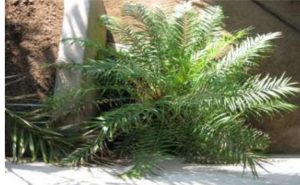
Download the full edition or view it online
—
Tommy Clarkson is a bit of a renaissance man. He’s lived and worked in locales as disparate as the 1.2 square mile island of Kwajalein to war-torn Iraq, from aboard he and Patty’s boat berthed out of Sea Bright, NJ to Thailand, Germany, Hawaii and Viet Nam; He’s taught classes and courses on creative writing and mass communications from the elementary grades to graduate level; He’s spoken to a wide array of meetings, conferences and assemblages on topics as varied as Buddhism, strategic marketing and tropical plants; In the latter category he and Patty’s recently book, “The Civilized Jungle” – written for the lay gardener – has been heralded as “the best tropical plant book in the last ten years”; And, according to Trip Advisor, their spectacular tropical creation – Ola Brisa Gardens – is the “Number One Tour destination in Manzanillo”.
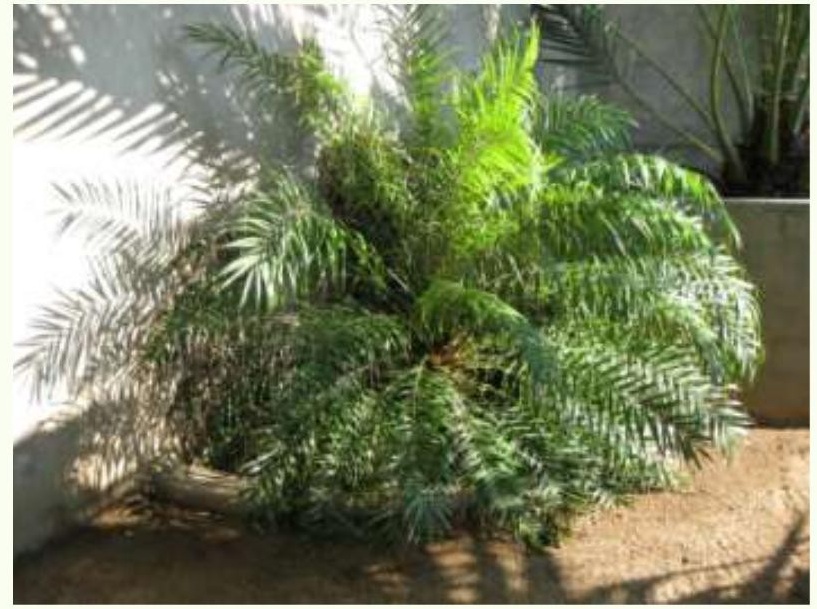

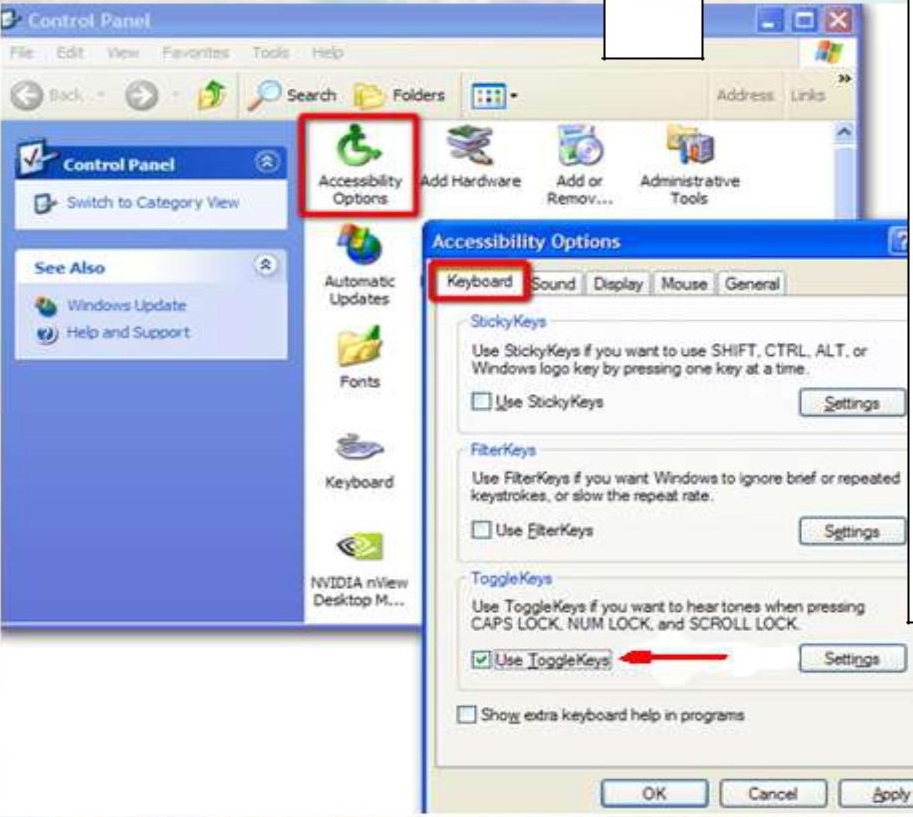
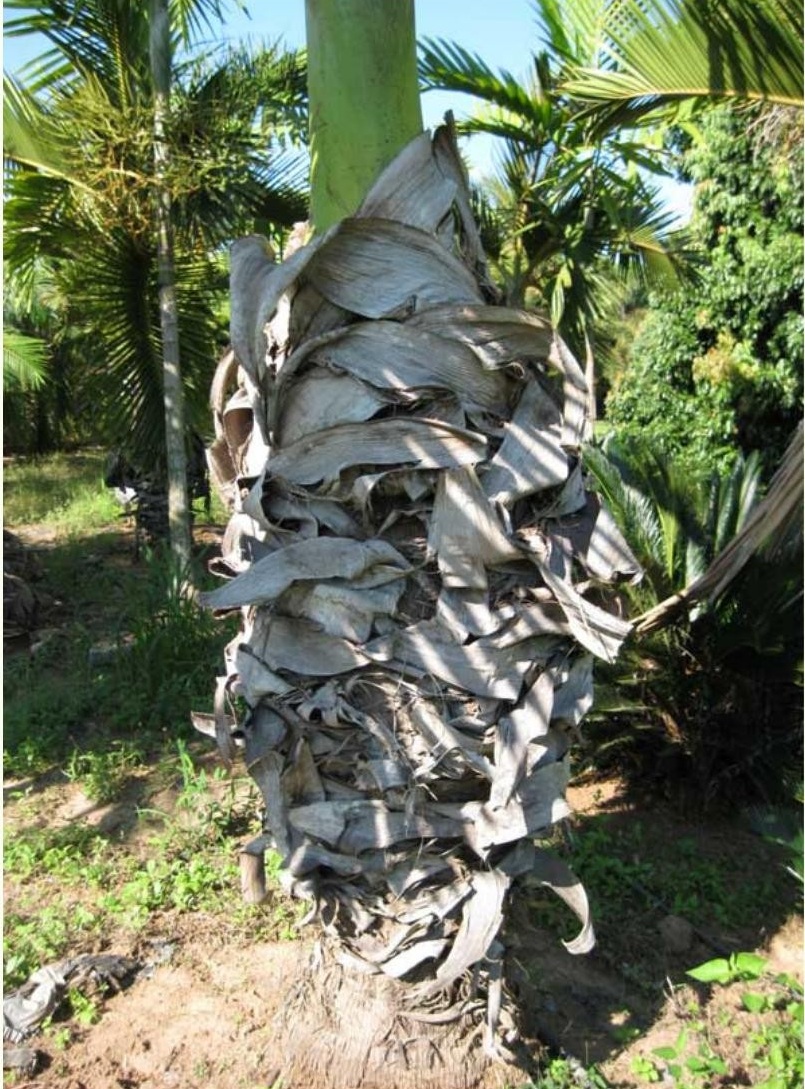

You must be logged in to post a comment.